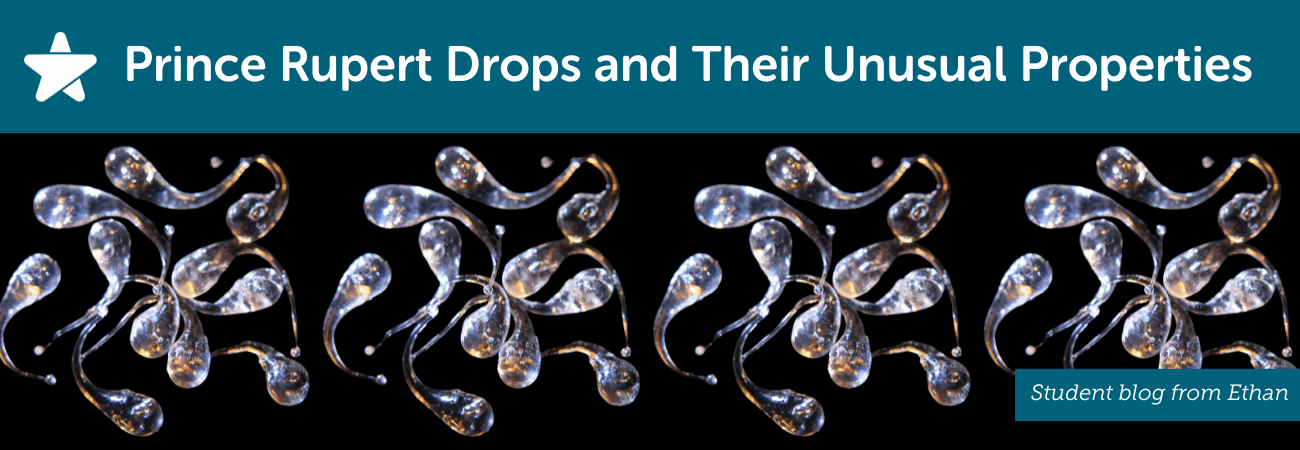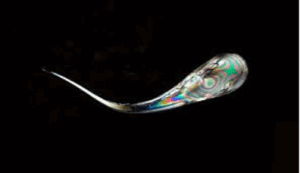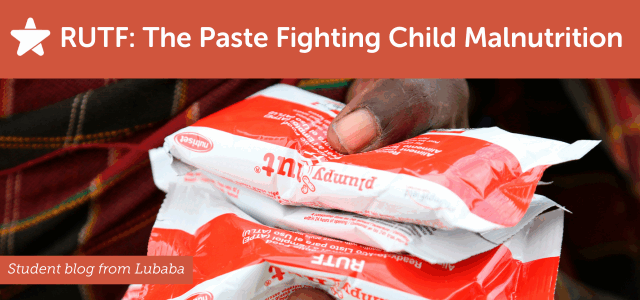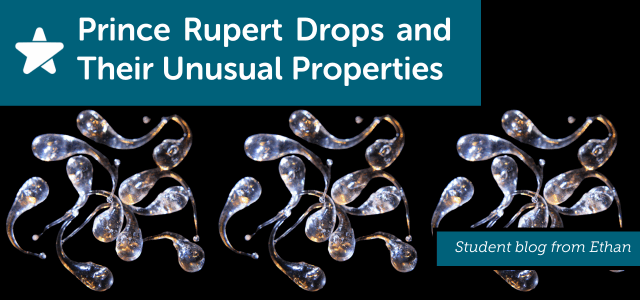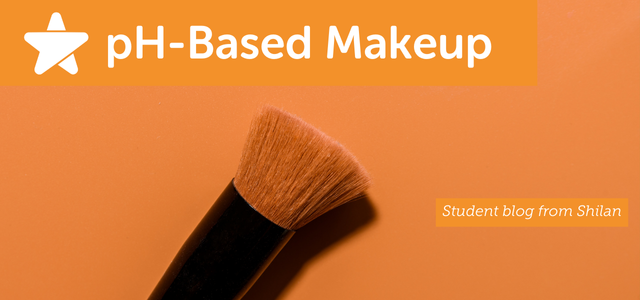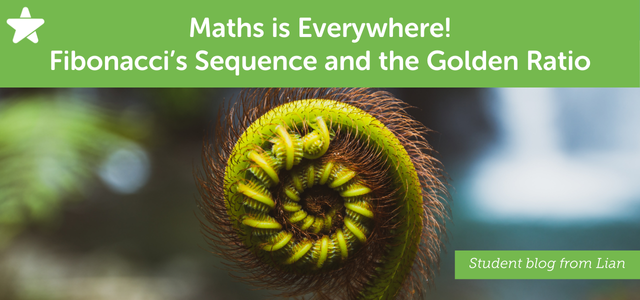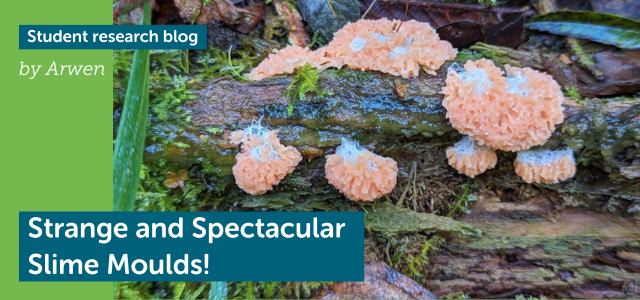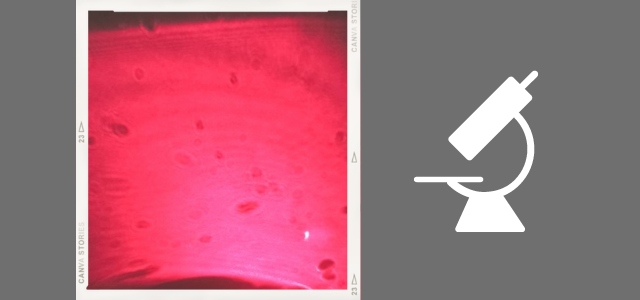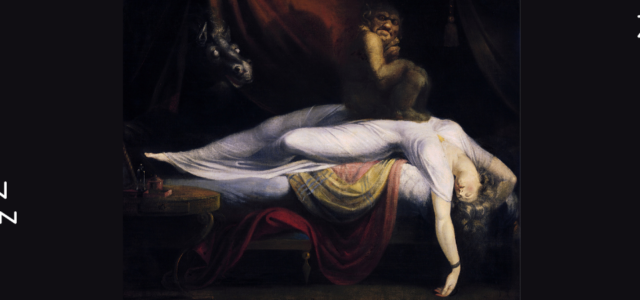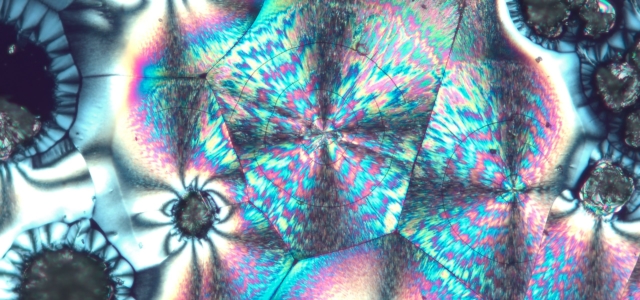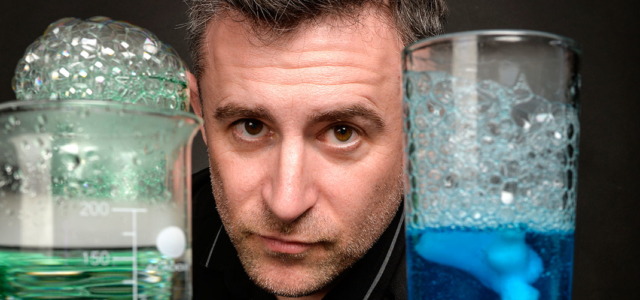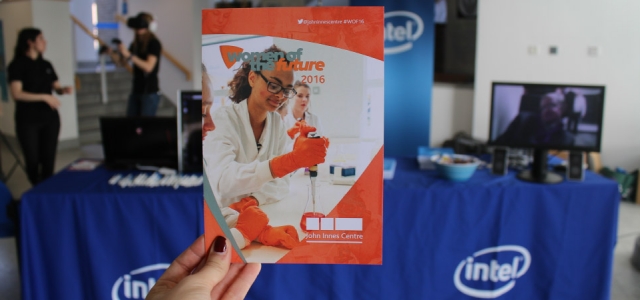‘Prince Rupert Drops’ are intriguing glass objects formed by the rapid cooling of molten glass. Despite their delicate nature, these glass droplets are surprisingly durable. In his blog, Ethan explores the science behind Prince Rupert Drop formation and its properties.
What are Prince Rupert Drops?
Prince Rupert Drops (also known as Dutch or Batavian tears [1]), are drops made from molten glass that are dropped into cold water. They are known for their unusual properties; most notably, their near nearly indestructible head and brittle tail!
These drops are named after Prince Rupert of the Rhine [2], who brought them to England in the early 17th century. According to Wikipedia, the discovery of the glass was so enthralling to the Royal Society that it contributed to “the development of the production of toughened glass” [3]. Prince Rupert Drops have also played a significant role in helping scientists understand how internal stress patterns form and behave in glassware [4].
Properties
So what really causes these strange and unusual properties? The answer lies in something called “residual stress.” What is residual stress may you ask? Well, residual stress is the stress that remains in a material after it has been after it has been formed or subjected to heat and stress or stressed beyond its elastic deformation [5]. When glass is made, raw materials are heated in a furnace until they reach molten form. After this, the glass is then shaped using moulds and cooled down in a controlled environment [6]. During this cooling process, residual stress occurs because the outer layers of the glass cool and solidify quicker than the inner layers. This creates tensile stress within the glass.
Residual stress is one of the reasons why glass shatters so easily. The residual stresses act like weak points within the glass, causing cracking or shattering on impact or contact with hard surfaces [7]. However, with Rupert drops, the outer layer of the glass cools almost instantaneously when it hits the water, forming a solid shell. When the inner layer tries to cool and contract outwards, it is restrained by the already solid outer layer. Since the outer layer of the glass is under significant stress, it prevents the layer from easily cracking [8].
As for the reason why the drop shatters due to slightest contact with the tail; when the tail is broken, the internal pressures cause an explosive release, resulting in the drop exploding into small shards. This is the reason why the head of the Rupert Drop can sustain forces up to 644,300 Newtons [9], making them extremely strong, even stronger than steel! [10]
History Of the Rupert Drop
The Rupert Drop has gone through nearly 400 years of astonishing history! The drops themselves; despite their name, were not invented by Prince Rupert. The drops were introduced to King Charles I by Prince Rupert and became a topic of interest at the Royal Society. Its first origins are quite frankly unknown. Though there is some speculation that the drops were in fact created by German glassblowers before 1625; this is not certain. Another theory is that the Rupert Drops originated in an earlier period, where it was kept as a secret to not let such a valuable discovery fall into the hands of rivals or enemies.
Returning to King Charles I; upon presenting his discoveries to scientists at The Royal Society; one man, Robert Hooke, was perhaps most prominent among those who attempted to understand this new discovery. Despite not completely understanding all the properties of the drop, he somewhat understood that the drop formed through dripping molten glass into water and understood the immense strength that the head of the drop could withstand. In the several centuries that followed, scientists continued their efforts to further increase their knowledge of the drops, thus allowing us to understand them as they are now today. [11]
What is the use of Prince Rupert Drops?
Besides being aesthetically pleasing, Rupert Drops have paved the way for the development of stronger glass through its properties. Rupert Drops have been highly influential in shaping our deeper understanding of glass manufacturing; mainly in tempered glass! The concept of tempered glass was first patented by Alfred Royer De La Bastie in 1874 [12]. Later, Harold McMaster [13] helped improve and popularise the process in the 20th century. The discovery of residual stress in Rupert Drops showed scientists how cooling rates and internal tension could be used to strengthen glass. Today tempered glass is highly used within the modern infrastructural scene, making stronger windows, windshields, along with furniture applications. [14]
Overall, Prince Rupert Drops are highly fascinating and have been significant in contributing towards our understanding of stresses and tensile strength in glass!
[1, 3, 9, 12] Wikipedia, the Free Encyclopedia; Prince Rupert’s Drops: https://en.wikipedia.org/wiki/Prince_Rupert%27s_drop
[2 and Figure 3] Purdue University; 17th Century Mystery Solved: Prince Rupert’s Drops: https://engineering.purdue.edu/IE/news/2022/chandrasekar-coe-blog
[4] PNAS; Prince Rupert’s Drops: An Analysis of fragmentation by Therman Stresses and quench Granulation of Glass and bubbly glass: https://www.pnas.org/doi/10.1073/pnas.2202856119
[5] TWI; What is Residual Stress?: https://www.twi-global.com/what-we-do/services-and-support/asset-management/engineering-critical-assessment/residual-stresses
[6] Vidrala; Glass Making and Manufacturing Process: https://www.vidrala.com/en/vidrala/productive-process/
[7] Glazing Refurbishment; Why does Glass Break?: https://www.glazingrefurbishments.co.uk/blog/why-does-glass-break
[8] SmarterEveryDay: YouTube; Mystery of Prince Rupert’s Drop: https://www.youtube.com/watch?v=xe-f4gokRBs
[10] FlinnScientific: YouTube; Prince Rupert’s Drops Are Stronger Than Steel: https://www.youtube.com/watch?v=5zxZkK2aJig
[11] JSTOR Daily: Prince Rupert’s Drops of Mystery: https://daily.jstor.org/prince-ruperts-drops-of-mystery/
[13] National Inventors Hall of Fame: Harold McMaster; Tempered Glass: https://www.invent.org/inductees/harold-mcmaster
[14] Window Film Depot: What is Tempered Glass and What it’s used for?: https://www.windowfilmdepot.com/blog/what-is-tempered-glass-and-what-its-used-for/

